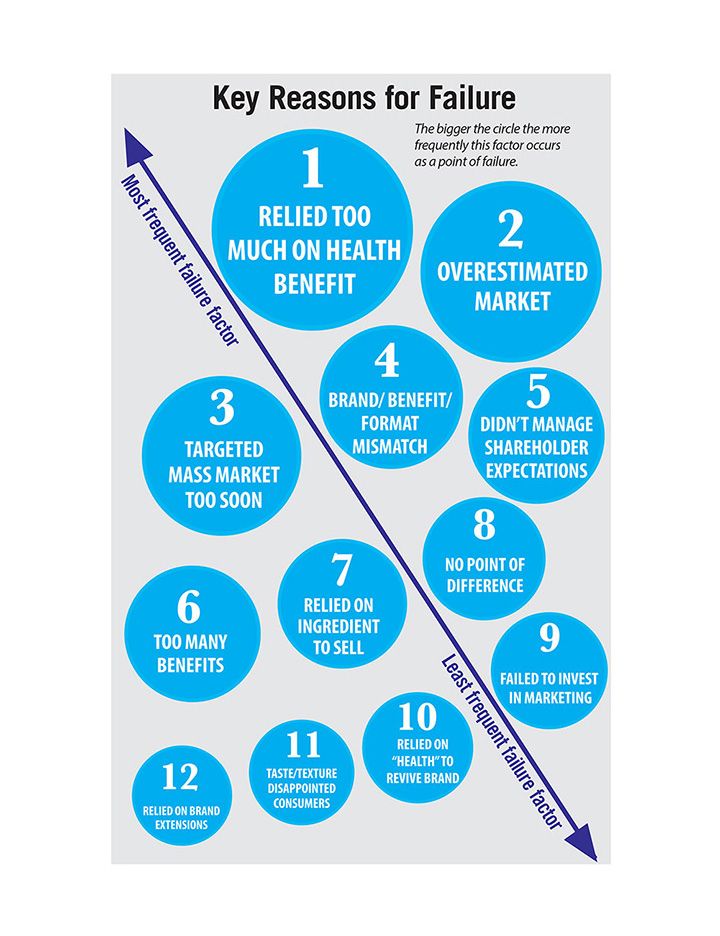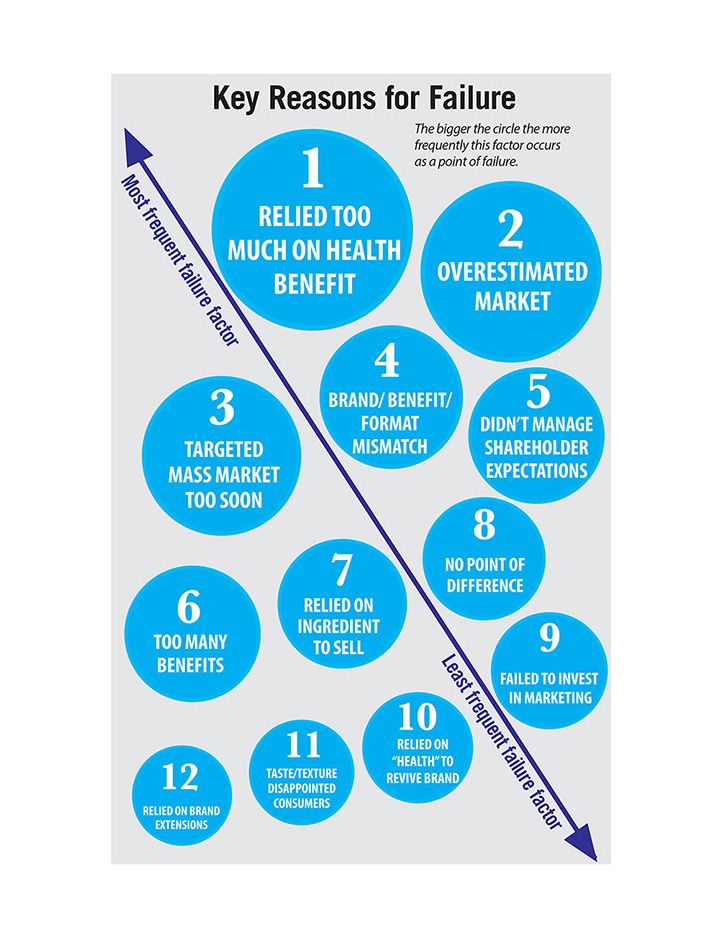
IFT Show: What Was on the Menu?
Highlights of this year’s exciting functional food/beverage prototypes and products.


The
By the way, what’s the cardinal sin when it comes to functional food marketing? The answer may surprise you. According to Julian Mellentin, food, nutrition, and health expert and director of New Nutrition Business, the most common reason for failure is an “over-dependence” on health messaging to differentiate a brand.
Highlighting other product attributes will better bring that functional food sale home, Mellentin says. “Surprisingly often, companies make the health benefit the sole point of difference for the product, undervaluing key factors such as convenience,” he says. “When a product is essentially a me-too, with a health benefit attached, it’s inviting failure.”
Taste, for one, is an even bigger differentiator. When you’re truly devouring a meal-really enjoying and savoring it-are you thinking about how healthy it is? More likely you’re thinking about how delicious it tastes. And if there are health benefits, to boot? Even better. So, don’t skimp on taste, mouthfeel, or any other organoleptic attributes that may make your customer feel like eating healthy requires a tradeoff. Other reasons for failure, according to Mellentin:
- Overestimating the potential market
- Targeting the mass market too early, instead of starting a niche and growing from there
- A perceived mismatch between the product and the benefit (such as fish oil in yogurt)
Mellentin covers more dos and don’ts in the new, third edition of his popular report, “
Infographic courtesy of
Newsletter
From ingredient science to consumer trends, get the intel you need to stay competitive in the nutrition space—subscribe now to Nutritional Outlook.





